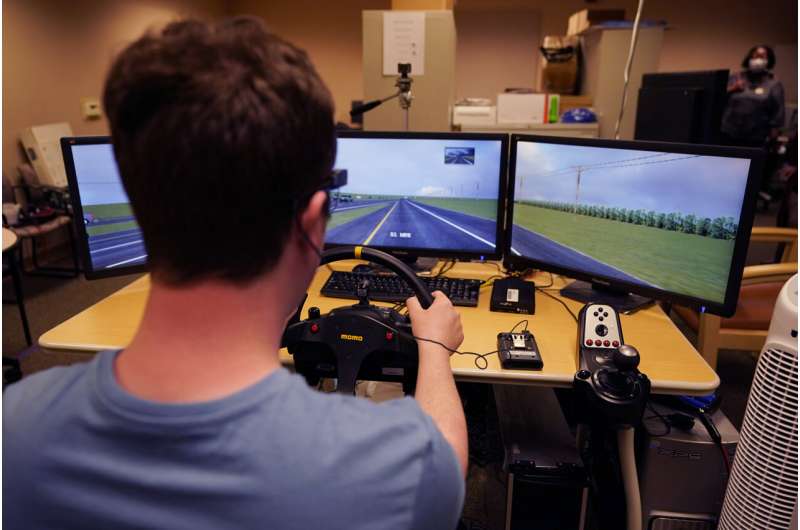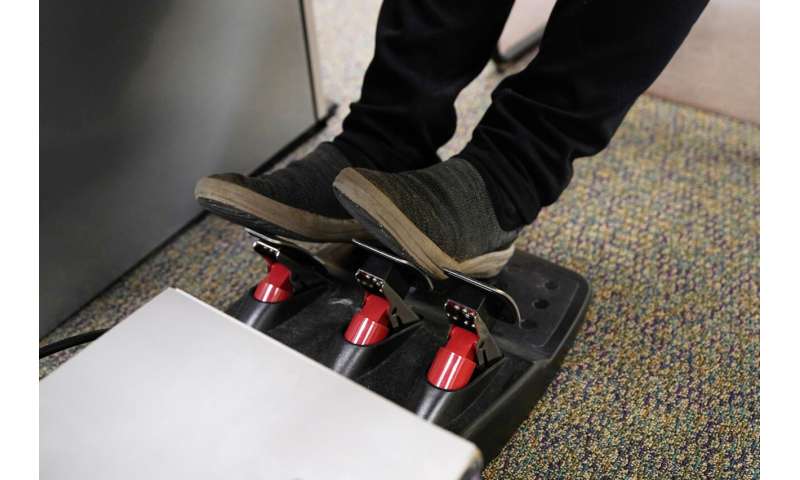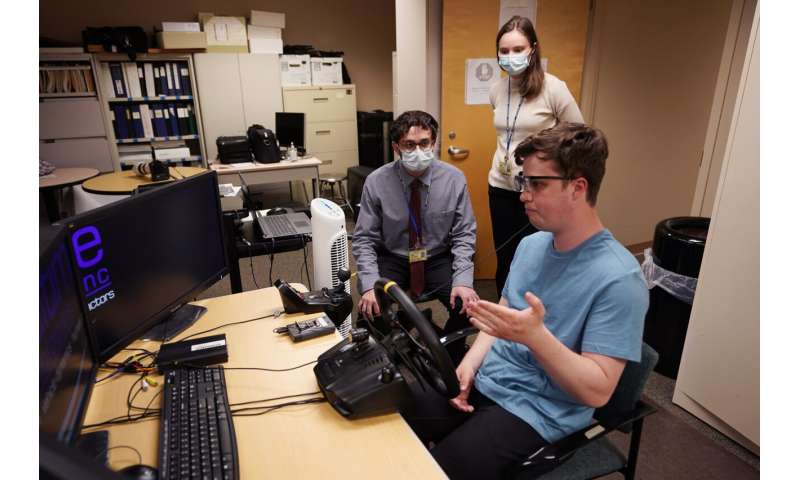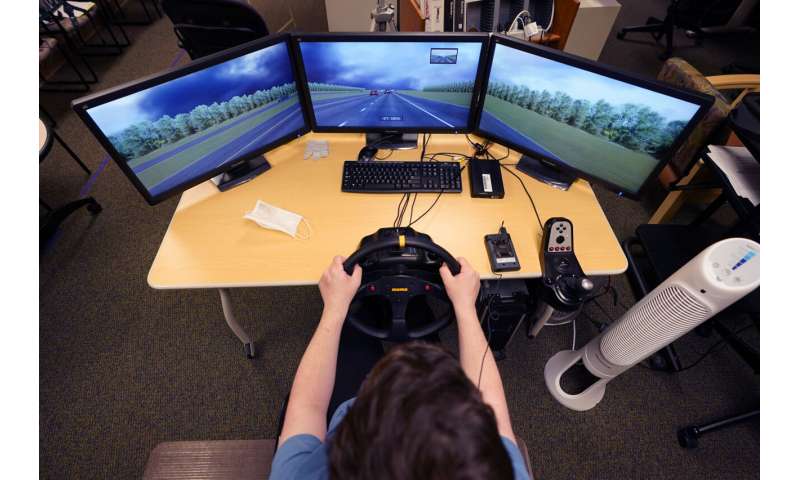U. Michigan study to help those with autism improve driving

University of Michigan researchers are studying how well people with autism spectrum disorder can detect road hazards, and plan to assist the young motorists in sharpening their driving skills.
The upcoming effort will be the second phase of a project funded by Ford Motor Co. that teams the Ann Arbor university with a local driving school.
During phase one of the study, researchers found that students with autism spectrum disorder detected fewer hazards than control participants during simulated drives.
But, according to lead researcher Elise Hodges, some extra work behind the wheel did the trick.
“Those folks that underwent training improved in two-thirds of hazards in the simulated drive,” said Hodges, a clinical associate professor in the University of Michigan’s neuropsychology program.
Tate Ellwood-Mielewski, who was diagnosed with autism spectrum disorder at age 3, is among those who plan to get back in the driver’s seat for phase two of the study.
“I do want to be able to drive … and get places where I want to go,” said Ellwood-Mielewski, a 23-year-old from Ann Arbor whose mother, Debbie Mielewski, was instrumental in pulling together the partners to make the study happen.
Mielewski had been harboring a growing concern about how her son would fare in the future with no driver’s license and his parents no longer around.

So, Mielewski, a technical fellow of sustainability at Ford, approached her boss in 2018 “and just blurted out: “Would you support a program to help autistic spectrum kids to learn how to drive?”
“And he immediately said, ‘Yes!'”
Ann Arbor Academy, a school for students with learning and social differences, hosted driving lessons. Hodges designed the simulated drives and oversaw the study. Ford footed the bill.
The goal, in part, was to provide an opportunity for those with autism spectrum disorder to improve their driving skills.
“Many of them … would like to drive, but getting from wanting to drive and being able to drive are two different things,” Hodges said.
Indeed, the first phase of the study found that, in addition to detecting hazards, students with autism tended to slow down and “stop short” in front of stop signs.



Hodges said she hopes the individualized driving sessions planned for phase two will bear fruit.
Either way, programs like this can go a long way toward helping those with autism overcome their doubts, Debbie Mielewski said.
“If we can just free them to think that they can do anything, I really think they can,” she said. “They need support. We should support them.”
Hodges said she hopes similar programs appear elsewhere.
“In the best-case scenario, I would hope that parents would learn that their teens or young adults who have ASD actually may be able to drive successfully,” she said. “And there may be some tools out there that they may not have been aware of.”
Source: Read Full Article
